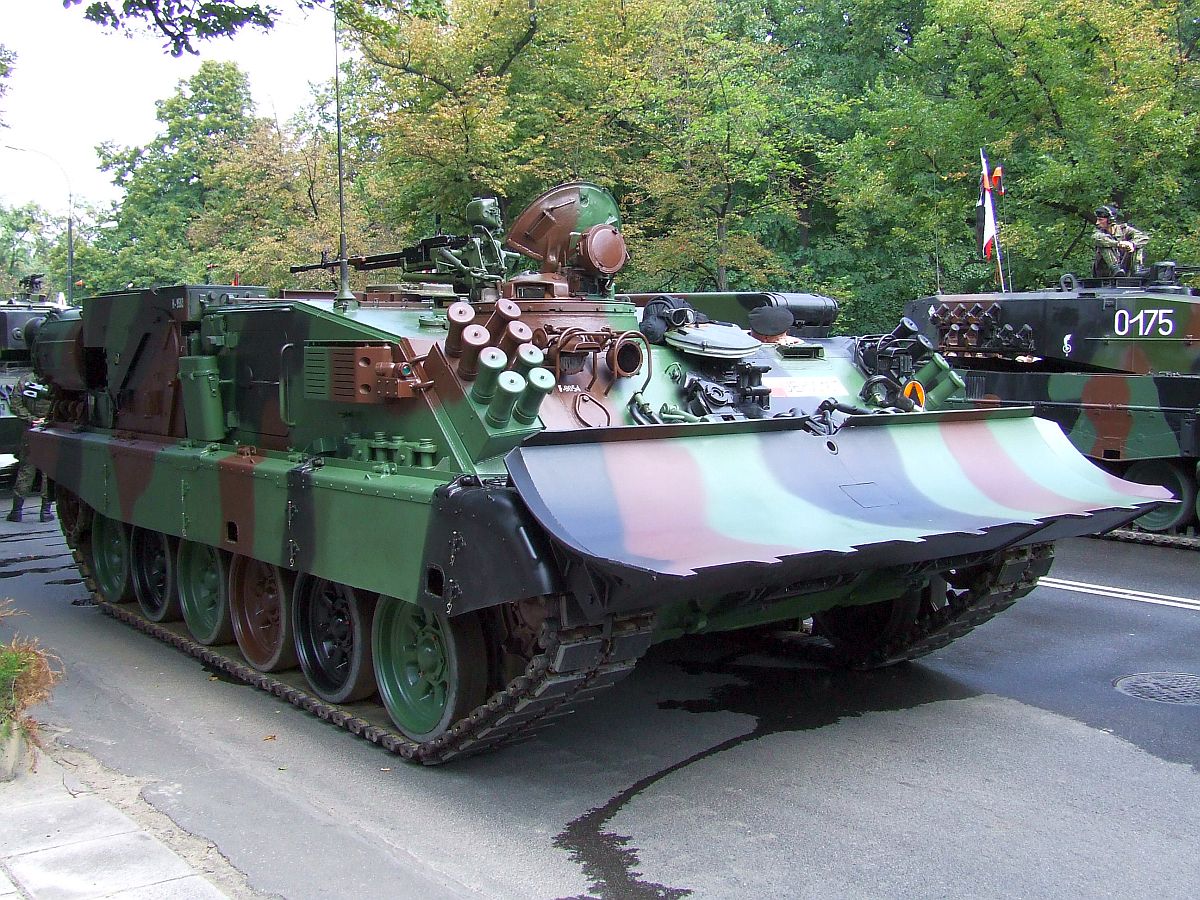Damian
New Member
- Joined
- Aug 20, 2011
- Messages
- 4,836
- Likes
- 2,202
*Which... damn typos.Depends whish M1A1.
*Which... damn typos.Depends whish M1A1.
Yes Thimayya's tactical move was brilliant to put light Tanks at 12,000 ft.Stuart tanks. Hardly comparable with Arjun or even T-90. We even lifted AMX light tanks to Ladakh during Sino-India war. Light tanks will do. We already have BMPs deployed in Ladakh.
China has been making tanks since the 1950s, they have developed and manufactured 100 mm, 105 mm, 120 mm and 125 mm guns. China has been producing their own composite armour and their own APFSDS ammunition since at least the same time as India.As I have said before I will say this again, your gazi Paki tank is nothing but a cheap copycat which has been developed by the Chinese. It can never compete with Arjun.
"Indian conditions" means "Indian politics".Arjun is better than T-90 for Indian conditions. Hashed, re-hashed, re-re-hashed, many times over.
It is not the quality of the armour that has been criticized in this discussion multiple times, but the distribution of the armour. The Arjun Mk. 1 does not have isolated ammunition storage and it has barely any side armour. It has only a very limited armour at the gunner's primary sight location and a very large gun mantlet.There has been no proper evaluation to compare whose armour is better, so all those claims are merely speculation. A counter claim would also be speculation.
Oh, so the ability of being able to perform well in muddy terrain is solely based on the ground pressure? Just like the speed of a tank is solely based on the size of the engine?Coming to operating in mud, let's compare ground pressure of the two tanks.
The best ground pressure for M1A1 variant is 13.8 Psi = 0.97 kgf/cm[SUP]2[/SUP].
Arjun Mark I has a round pressure of 0.84 kgf/cm[SUP]2[/SUP].
So, that claim is correct, and you have no point.
Exactly.Finally, if anyone said that Arjun is better than Pakistani tanks or Chinese tanks, it is again, speculation, and I might add, jingoism.
First of all, Wikipedia is a crappy source and very often contains wrong information. Secondly every tank has deep-fording capabilities and most modern tanks can even drive completely submergered when fitted with a snorkel.During trials, the Arjun
showcased its fording capability, by
driving under 1.8 metres of water for
20 minutes.[again source is wikipedia, ]
Those WZT-2 are obselete, complete junk, and probably the IA prefers using Slovakian VT-72B for servicing their T-72s.Well, guess who's ARV design Indian Army uses, yup, our WZT-3M based on PT-91 hull.

India purchased 556 WZT-3M.
India also purchased 196 older WZT-2.

We also offer even more modern WZT-4:

Assembled, not completely builded.But even the WZT are built locally in India by BEML and have some Indian components too.
First thing is, that such armor as "Chobham" does not existed, it is creation fo some journalists. The real and only codename for the development program, not even armor itself is "Burlington".kanchan uses the same principle that chobham (used in m1a1 and challenge) uses
Or maybe due to lack of experience in vehicle design, they don't have smallest idea about this issue? Most officers in most armies don't have smallest idea about engineering or even theoretical side of vehicle designing.why army never criticised its armour or said its armour is vulnerable to protect the crew ?
.
may be the placement of the armour is according to the wish of army or may be they did so cause it quits battle of india condition
"Kanchan" is described as passive armor containing steel and ceramic elements, "Burlington" armors from declassified descriptions are multilayered, multimaterial Non Energetic Reactive Armors with multi hit capability. What is also important, currently we know, that "Burlington" armors do not contain ceramics, or ceramics % used in armor is very small.
Considered as metal elements of armor. However don't be too excited about titanium, it's light, but also very expensive, and other nations also use such materials, or replace them with new nanomaterials like nanometric steel used for example by IBD in their AMAP armor packages.Titanium alloy plates are consider steel ?
If it is mostly alloy based passive armor, then it's performance against modern ammunition will be worse than other modern armor types, and even titanium won't help here.Though Kanchan is a heavy Armour, Mostly alloy based not so Ceramic, A classic example can be Heavier Indian T-90 compare to those Russian made ..
Wikipedia is a shity source for idiots.and I won't gonna believe a flat talk without reference , there are thousand of reference which talks about chobham. And even wikipedia too
http://speedy.sh/dAw9w/PHW-4.pdfReally? Obsolete? And what do you know about vehicles armor developed in Poland? Nothing?so don't compare kanchan with some polish obsolete @Damian

| Thread starter | Similar threads | Forum | Replies | Date |
|---|---|---|---|---|
| W | Pakistan show interest in Ukraine Oplot main battle tank | Pakistan | 0 | |
|
|
T-80UD Main Battle Tank - A Pakistani Perspective | Defence Wiki | 0 | |
| W | Taiwan will purchase 108 M1A2 Abrams main battle tanks from U.S. | Land Forces | 6 | |
| W | Pakistan Procuring 300 T-90 Main Battle Tanks from Russia. | Pakistan | 68 |
